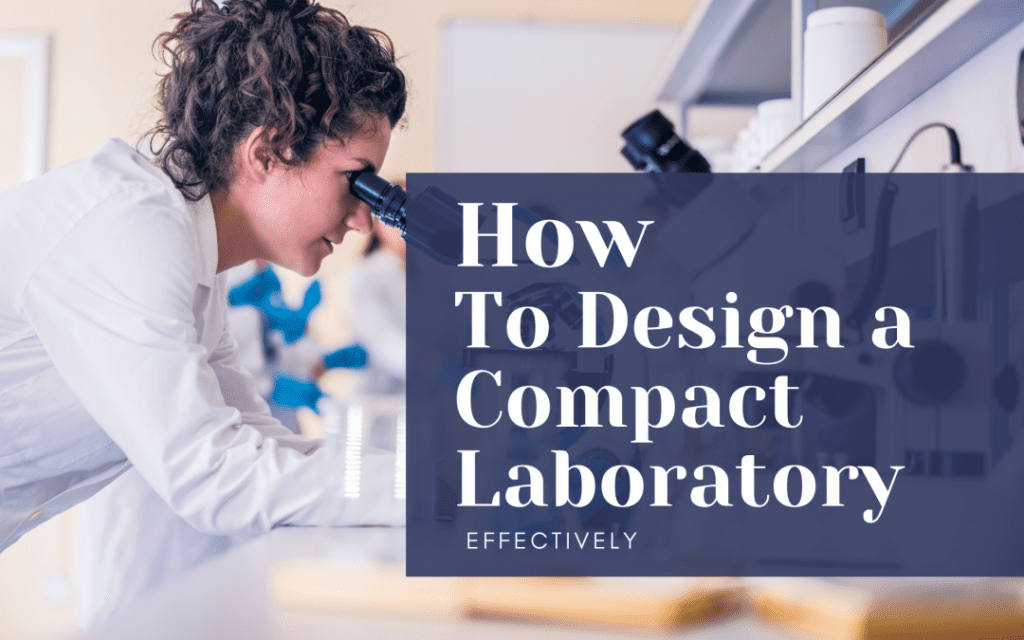
As much as a big, spacious laboratory is ideal for research, designing, and building new technology and medicine, you might only have enough space for a compact laboratory. A small laboratory can easily be optimised for efficiency and accuracy with the right design.
In this blog, we shall take a look at compact laboratory design. What are the benefits and features of designing a laboratory that is small but efficient?
Benefits of a Compact Laboratory
There are many benefits to designing a small laboratory. In many cases, they are easier to manage. For some people, a smaller laboratory serves their needs just perfectly. Regardless, here are some of the common reasons why people will choose a compact laboratory design.
Efficient use of space
A compact laboratory will make use of every inch of space effectively. Reducing the distance from one point to another reduces wastage of space and makes it more efficient. It also reduces the number of accidents and spills within the laboratory.
Clever storage space
In addition to modular furniture, a compact laboratory will feature clever and creative uses for the available lab fit out space. Think shelves on walls and drawers on tables. You may also consider cupboard storage under sinks. This way, you can use available furniture as storage space.
Save money
It’s no secret that a smaller laboratory will cost less. Rent will be cheaper, as well as other utilities. A smaller laboratory means less running costs and more optimisation of resources. This way, you can direct funds to other ventures that will bring in more productivity.
Features of a Compact Laboratory
Now that we know the benefits of a compact laboratory let’s find out: What features can you implement in a compact laboratory? These labs will definitely feature smaller and more creative uses of space and furniture.
Compact furniture
This type of furniture is also known as modular furniture. Modular furniture is a set of furniture items that are tailored to fit the constraints of space, and in this case, they are catered to fit a compact laboratory. Smaller laboratories will have to create smaller and more efficient furniture to fit the space.
Smaller sized / Compact equipment
A compact laboratory will call for other alternatives when it comes to machinery and equipment. While some machinery may not be replaceable, there are other smaller versions of certain equipment available. For example, a fume snorkel may be used in place of the bigger fume hood while performing the same task.
Designing a Compact Laboratory
The planning and designing process for a compact laboratory calls for collaboration among lab managers, lab technicians, and lab designers. Lab technicians will need to take stock of the space available, machinery to be used, plumbing, HVAC, and other essential aspects required to work effectively.
Good lab designers will perform their analysis of the space to create viable designs for the compact laboratory. More helpful information can be compiled from research and testing personnel.
After this, it’s best to hold a meeting with all major stakeholders to discuss issues such as timelines and budgets before construction is underway.
Conclusion
In this article, we have taken a look at compact lab design and how to creatively utilise the space available to make it work for your business. Lab Fit UK are fully capable of servicing labs of all sizes.
If you would like to discuss options for your compact lab please get it touch our expert designers are would be glad to help 0800 193 2006

